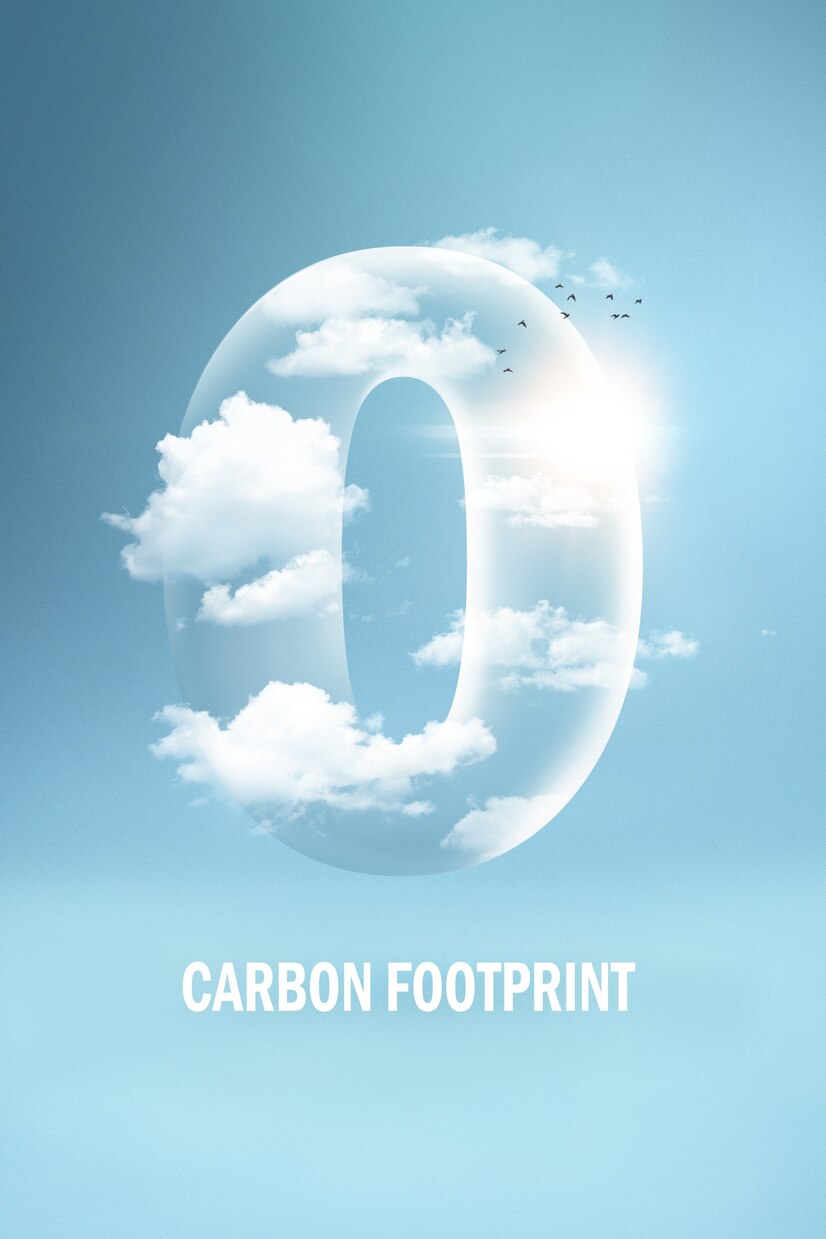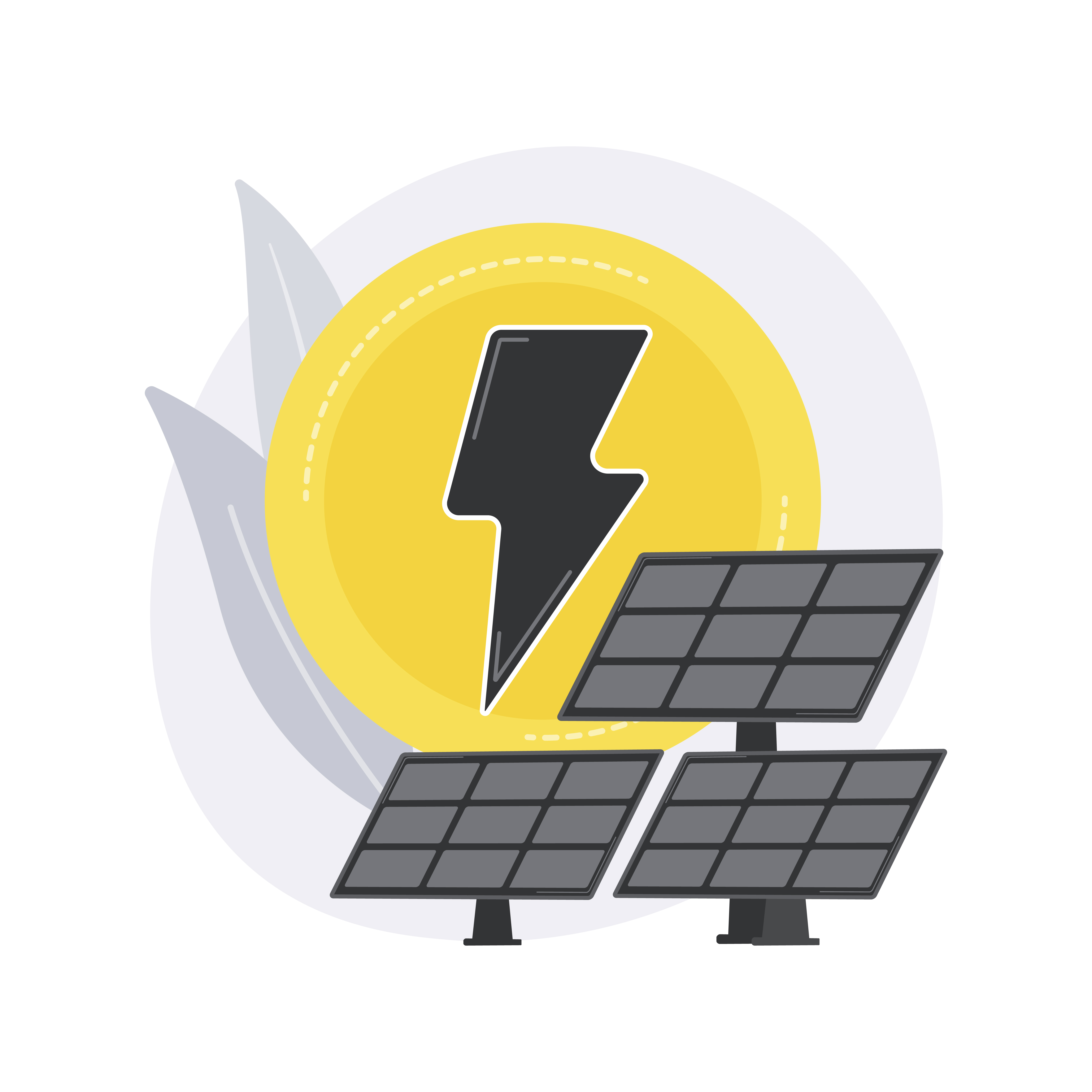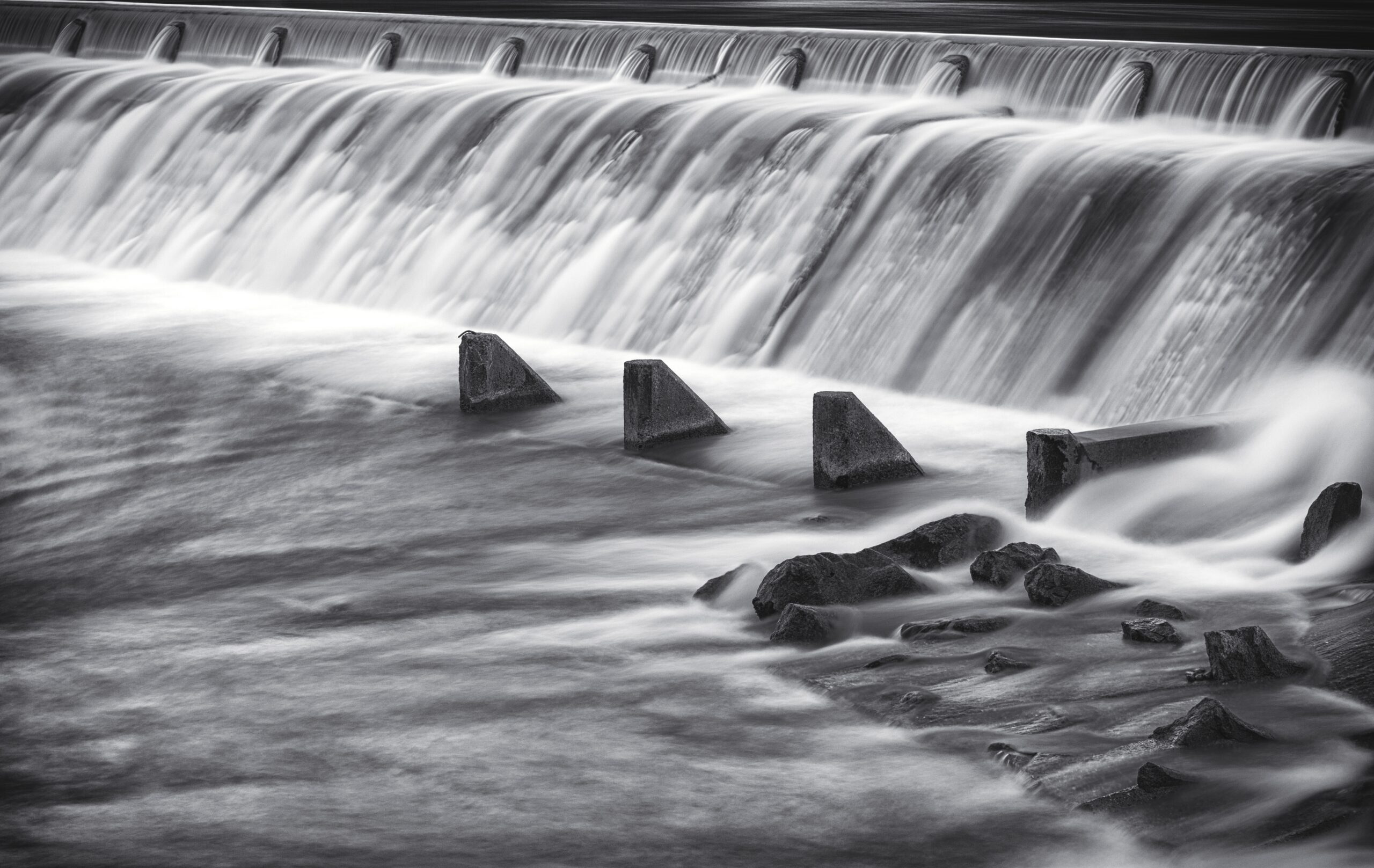This article will discuss hydropower in Brazil and investigate the ambitions & strategy, and challenges behind the deployment of hydropower. It will also shed light on the biggest hydropower plants and top firms responsible for hydropower in the country. Hydropower is an indirect way to reduce carbon emissions and it will be crucial in Brazil’s quest to attain net zero by 2050.
Strategy
The Brazilian government is pushing to increase the water storage capacity of hydropower plants after facing repeated droughts in recent years. Through the hydro plant recovery plant, the aim is to reach average storage levels between 47 and 65 % in the next four years with a $115 million investment.
Biggest Hydropower plants
- Belo Monte hydropower plant located on the Xingu River in northern Brazil owned and operated by Norte Energia. It was built with a $11.2 billion investment, construction began in 2011 and was fully commissioned in 2019. It has an 11.2 Gigawatt capacity enough to power 60 million people.
- The Tucurui hydropower project located on the Tocantins River in Para, developed by UTC Engenharia and operated by Centrais Eletricas do Norte do Brasil. It was built with $9.5 billion, construction began in 1975 and operational in 1984. It has a capacity of 8370 Megawatt or 8.3 Gigawatt.
- The Itaipu hydropower project is located on the Brazilian and Paraguay border, operated by Itaipu Binacional. Construction began in 1971 and entered operations in 1984, total cost was $19 billion. It has an installed capacity of 14 Gigawatt.
- Jirau hydroelectric power plant is located on the Madeira River in Rondonia. It was developed by Energia Sustentável do Brasil with $8 billion. Construction began in 2013 and was commissioned in 2016. It has an installed capacity of 3, 750 Megawatt.
- Santo Antonio located on the Madeira River in Rondonia, is owned by Santo Antonio Energia. Construction began in 2008, and all units were online by 2016, total cost was $15.6 billion. It has a capacity of 3,150 Megawatt.
Top Firms:
- Norte Energia, headquartered in Brasilia, they are a consortium of various companies that provide electricity through hydropower plants and have installed a total capacity of 11,223 Megawatt.
- Companhia Hidrelétrica do Sào Francisco of Chesf, based in Recife, is a utility firm engaged in the generation, transmission and sale of electrical energy. They have an installed capacity of 10,347 Megawatt.
- Furnas Centrais Elétricas, headquartered in Rio De Janeiro, is a regional power utility firm transmitting electricity to half of the population. They have an installed capacity of 9,380 Megawatt.
- Centrais Elétricas do Norte do Brasil, based in Brasilia, is a utility firm engaged in the production and transmission of electricity. They have an installed capacity of 8,973 Megawatt.
- Itaipu Binacional, head office in Brasilia, is a joint partnership between the Brazilian and the Paraguay government. They have an installed capacity of 7,000 Megawatt.
Challenges
- The first and foremost challenge is climate risk as changing weather patterns affect the country’s ability to generate electricity using hydropower. For instance, on 31st August 2021, Brazilian Mines and Energy Minister Bento Albuquerque warned of the country’s energy crisis as drought affected hydropower generation.
- The second challenge with modernising hydropower is that the current regulatory environment does not give incentives to asset owners and financiers to modernise or repower their hydropower assets. It will affect Brazil’s hydropower production in the long run.
- The third issue is that whenever dams are constructed, the villages along the river need to be relocated to other areas. People who depend on the river face loss of livelihood. Although hydropower is cleaner, boosting the renewable source comes with its own societal challenges.
Final Viewpoint:
In this piece, I have talked about Brazil’s five biggest hydropower plants operating in the country. Top five indigenous firms responsible for supplying electricity through hydropower plants. The three biggest challenges plague the hydropower market in the country. Finally, Brazil’s focus has shifted from hydropower, although it dominates the electricity sector and will continue to do so in the near future.
End Notes:
- https://www3.weforum.org/docs/WEF_Mobilizing_Investment_for_Clean_Energy_in_Brazil_2022.pdf
- https://www.reuters.com/world/americas/brazil-minister-warns-deeper-energy-crisis-amid-worsening-drought-2021-08-31/
- https://www.mdpi.com/2073-4441/10/5/592
- https://www.hydroreview.com/business-finance/business/hydropower-dominates-in-brazil-at-62-17-of-total-installed-capacity-at-end-of-2020/#gref
- https://www.bloomberg.com/profile/company/3617096Z:BZ#xj4y7vzkg
- https://www.nsenergybusiness.com/projects/belo-monte-hydropower-project-brazil/
- https://www.power-technology.com/marketdata/power-plant-profile-tucurui-brazil/
- https://www.power-technology.com/projects/jirau-hydroelectric-power-plant-rondonia/
- https://www.power-technology.com/projects/santoantoniohydroele/
- https://www.bnamericas.com/en/news/brazil-plans-to-increase-water-storage-levels#:~:text=Brazil%20aims%20to%20increase%20the,65.1%25%20between%202023%20and%202027
- https://www.researchgate.net/publication/295831765_Hydropower_in_Brazil_-_Development_and_Challenges#pf1b





